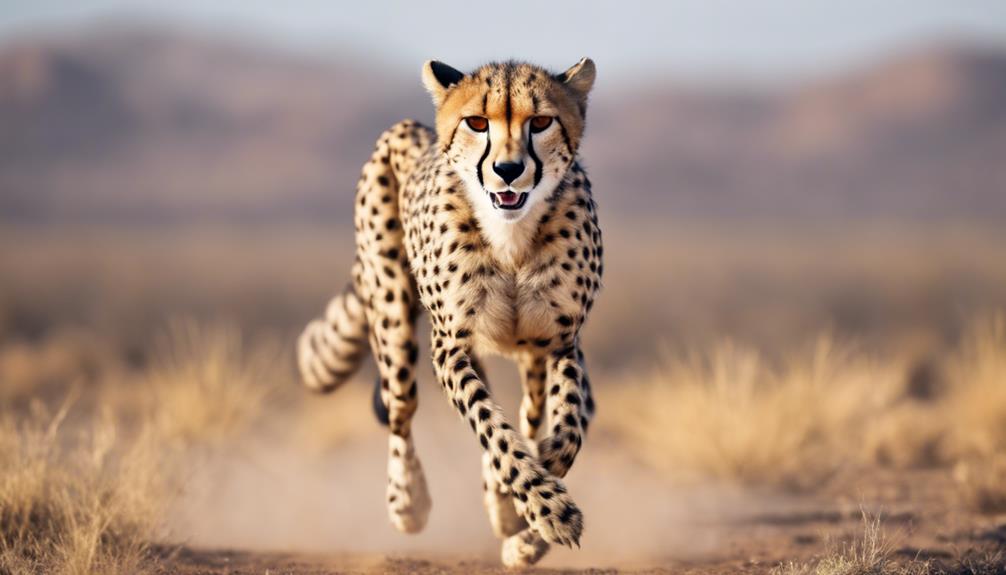If you're drawn to slender animals, you'll admire the Skinny Animals in the world, like the enchanting Slender Loris with its big eyes and the swift Jerboa found in arid regions. The Fennec Fox, with its oversized ears adapted to the harsh desert, and the tiny Etruscan Shrew with sharp hunting skills are also intriguing. Don't miss the monogamous Dik-dik delicately marking territories. See these fascinating creatures in pictures and learn more about their unique features.
Slender Loris
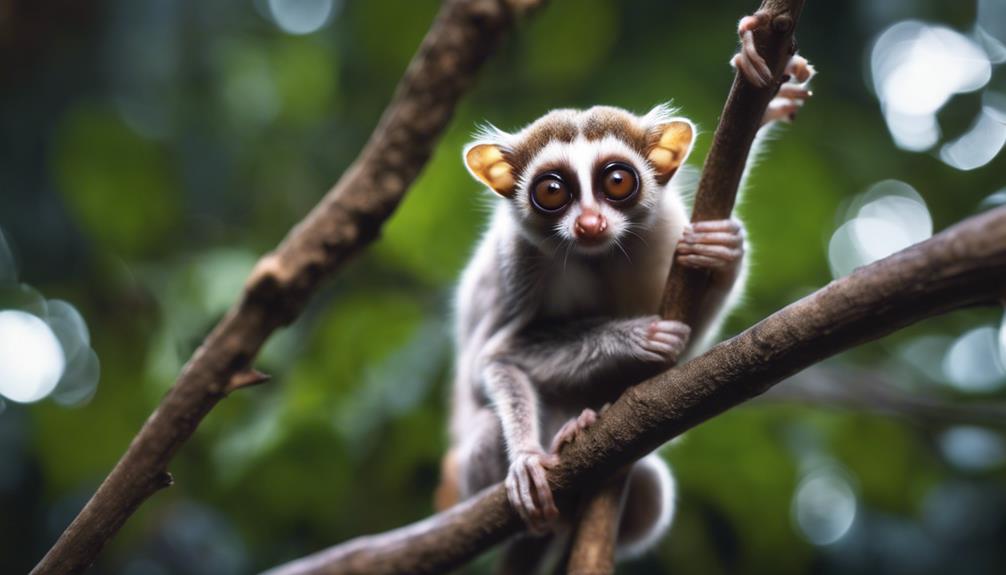
Slender Lorises, native to South and Southeast Asia, captivate with their big, round eyes and deliberate, slow movements. These enchanting creatures primarily feed on insects, fruits, and tree sap. You might be surprised to learn that they communicate through ultrasonic calls, a unique trait setting them apart in the animal kingdom.
Living in the face of threats like habitat loss and poaching, slender lorises are resilient yet vulnerable. Their survival depends on conservation efforts and raising awareness about the challenges they encounter. By understanding their behaviors and needs, we can work towards ensuring a safer environment for these mesmerizing primates.
Next time you come across a picture or video of a slender loris, take a moment to appreciate their beauty and grace. Your awareness and support can make a significant difference in preserving their habitats and protecting them from harm. Let's join hands in safeguarding these fascinating creatures for generations to come.
Jerboa
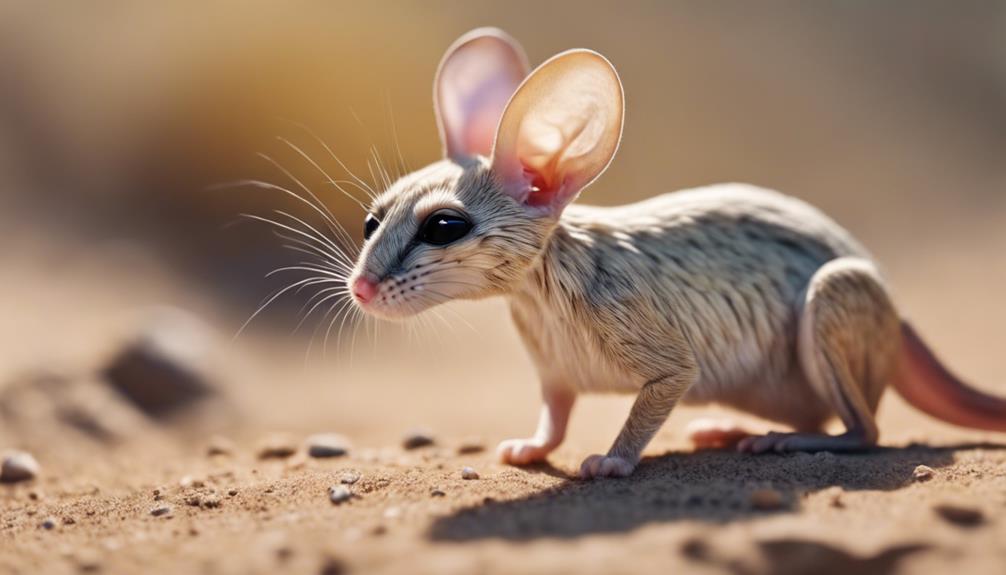
Found in arid regions of Asia and Northern Africa, the Jerboa is known for its swift jumps facilitated by long hind legs. These unique creatures are adapted to their desert habitats, using their powerful hind limbs to evade predators and cover vast distances quickly. Jerboas prefer to live in burrows to escape the scorching heat of the day, emerging at dusk to forage for seeds and vegetation.
Their elongated tails provide balance during their high-speed hops, enabling them to navigate the sandy terrain with ease. Jerboas face challenges primarily due to habitat destruction caused by human activities. As these arid regions continue to be developed for agriculture and urbanization, the Jerboa's natural habitat diminishes, putting pressure on their populations.
Observing these slender animals in action is a remarkable experience, showcasing their agility and speed in the harsh desert environment. The Jerboa's survival is intricately linked to the conservation of their habitats in the face of ongoing environmental changes.
Fennec Fox
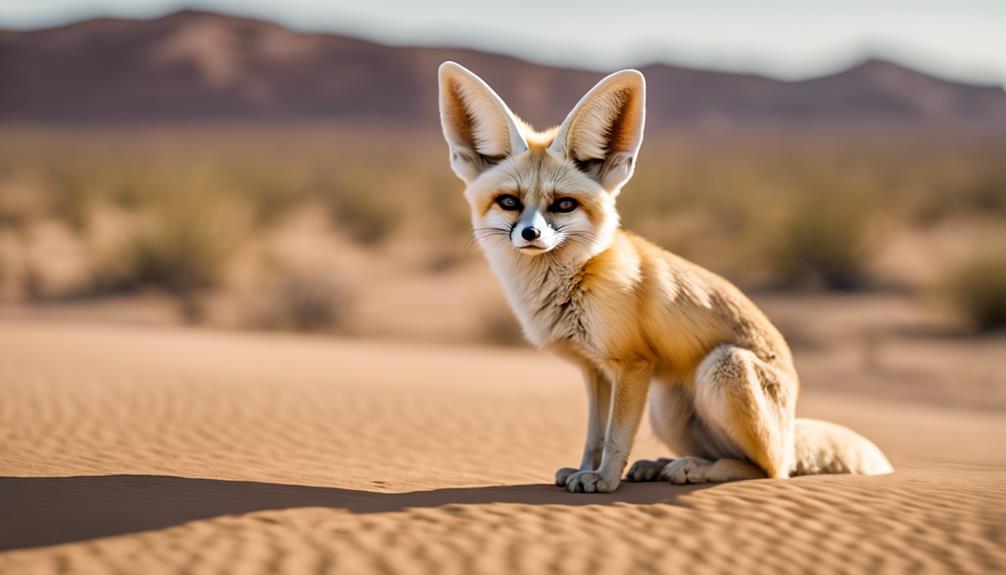
The Fennec Fox, native to the Sahara Desert, stands out for its oversized ears and adaptation to the harsh desert environment. These adorable creatures have evolved to thrive in the arid conditions of the desert, where water and food can be scarce. Their large ears help dissipate heat and enhance their hearing, allowing them to detect prey like insects, small mammals, and plants.
Fennec Foxes are well-equipped for desert life, with their pale fur blending in with the sandy surroundings and their keen senses aiding in hunting and survival. Despite their adaptations, these foxes face challenges due to habitat loss and the illegal pet trade. Human encroachment on their habitats threatens their existence, making conservation efforts vital for their continued survival in the wild.
Observing a Fennec Fox in its natural habitat is a unique experience, witnessing firsthand how these skinny animals have mastered the art of survival in one of the world's harshest environments.
Etruscan Shrew
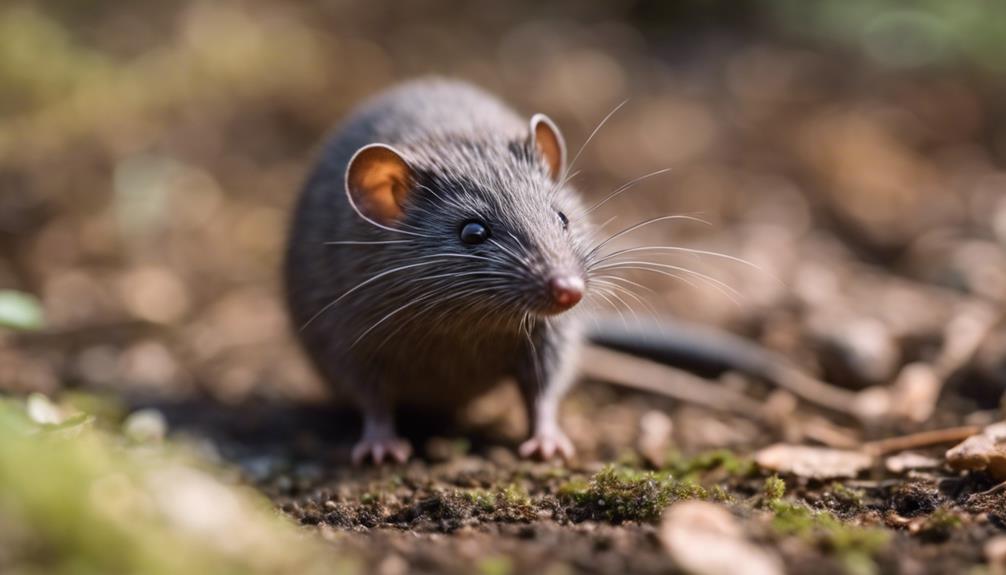
Measuring merely a few centimeters in length, the Etruscan Shrew holds the title of the smallest mammal by mass. Found in Europe, Asia, and North Africa, this tiny creature has a crucial appetite due to its high metabolism. Feeding on small insects, spiders, and larvae, the Etruscan Shrew faces threats from habitat loss and climate change.
Despite its diminutive size, the Etruscan Shrew is a skilled hunter, relying on its sharp senses to locate prey. Constantly on the lookout for food to sustain its rapid metabolism, this shrew plays an essential role in its ecosystem by controlling insect populations.
Surviving in diverse environments, the Etruscan Shrew navigates challenges posed by shrinking habitats and changing climates. Its ability to adapt to various conditions showcases the resilience of this tiny mammal, underscoring the importance of conservation efforts to protect its existence.
Dik-dik
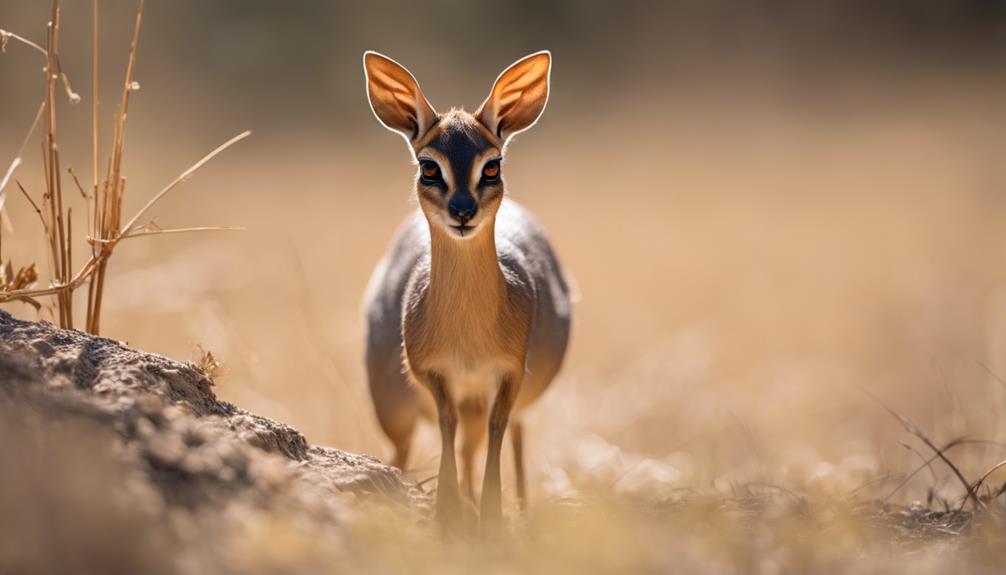
In the Eastern and Southern African regions, the Dik-dik, an antelope species, showcases its agility and alertness through its small size and distinctive preorbital glands. These tiny herbivores, measuring around 30-40 cm in height and weighing 3-6 kg, rely on their acute senses to evade predators like leopards, cheetahs, and eagles.
Their unique preorbital glands, located near the eyes, secrete a substance used for marking territories and communication. Dik-diks are monogamous animals, forming lifelong pairs that defend territories through vocalizations and scent-marking. Their diet consists of leaves, shoots, fruits, and flowers, requiring minimal water intake due to their ability to extract moisture from food.
However, habitat fragmentation and hunting pose significant threats to their survival. Conservation efforts are essential to preserving the population of these charming, slender antelopes in the wild.
Meerkat
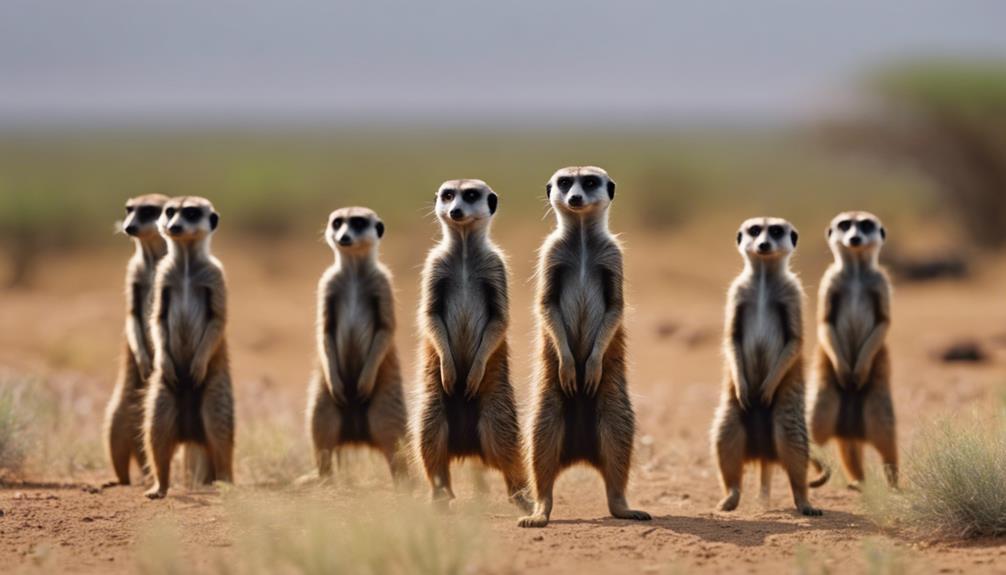
With their social nature and cooperative behavior, meerkats in Southern Africa live in family groups known as mobs. These small mammals, belonging to the mongoose family, are highly skilled at foraging for insects and small vertebrates. Meerkats have a unique social structure where each member plays a specific role within the mob, such as sentinels keeping watch for predators while others search for food.
Meerkats exhibit fascinating behaviors like grooming each other to strengthen social bonds and taking turns caring for the young. Their communication involves a range of vocalizations and body language to coordinate activities and warn others of potential dangers.
Conservation efforts are essential for the survival of meerkats, as they face threats from habitat loss and human activities. By raising awareness about the importance of protecting their natural habitats and implementing sustainable practices, we can help ensure the continued existence of these charismatic creatures in the wild.
Springhare
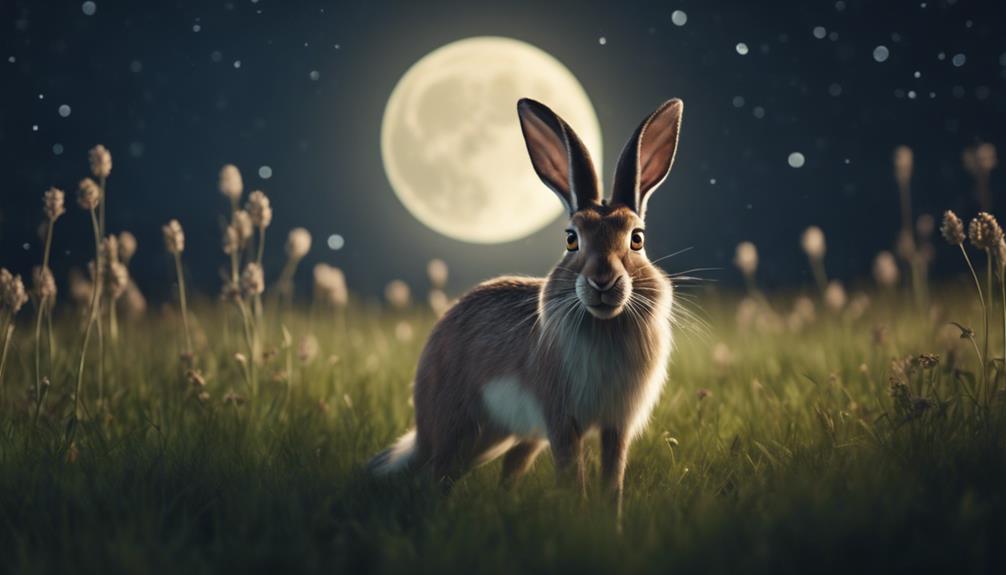
The Springhare, a rodent found in arid regions of South Africa, shares similarities with hares but isn't actually one. These creatures have a unique way of getting around – they leap like kangaroos using their powerful hind legs. Being primarily nocturnal, Springhares emerge at night to feed on grasses, roots, and bulbs. Their fur is a mix of gray and brown, providing camouflage in their sandy habitat. Despite their slender appearance, they've a robust build that helps them survive in the harsh desert environment.
Springhares face challenges from habitat loss due to agricultural expansion. As their natural habitat diminishes, these fascinating rodents struggle to find suitable areas to thrive. Conservation efforts are essential to protect the Springhare population and secure their continued existence in the arid landscapes of South Africa. By raising awareness about the importance of preserving their habitats, we can help these unique creatures avoid the threat of extinction.

Erzsebet Frey (Eli Frey) is an ecologist and online entrepreneur with a Master of Science in Ecology from the University of Belgrade. Originally from Serbia, she has lived in Sri Lanka since 2017. Eli has worked internationally in countries like Oman, Brazil, Germany, and Sri Lanka. In 2018, she expanded into SEO and blogging, completing courses from UC Davis and Edinburgh. Eli has founded multiple websites focused on biology, ecology, environmental science, sustainable and simple living, and outdoor activities. She enjoys creating nature and simple living videos on YouTube and participates in speleology, diving, and hiking.
🌿 Explore the Wild Side!
Discover eBooks, guides, templates and stylish wildlife-themed T-shirts, notebooks, scrunchies, bandanas, and tote bags. Perfect for nature lovers and wildlife enthusiasts!
Visit My Shop →
